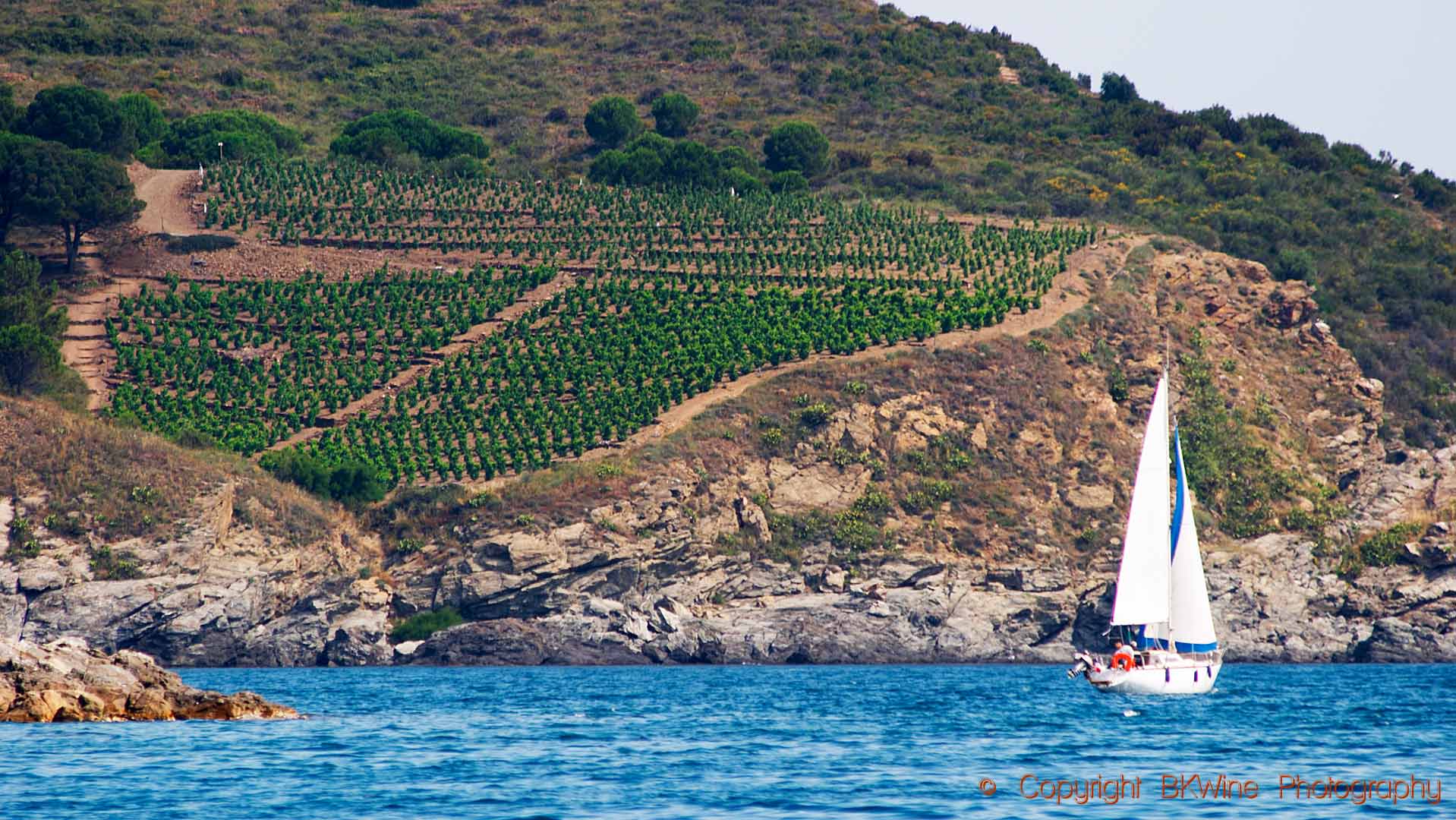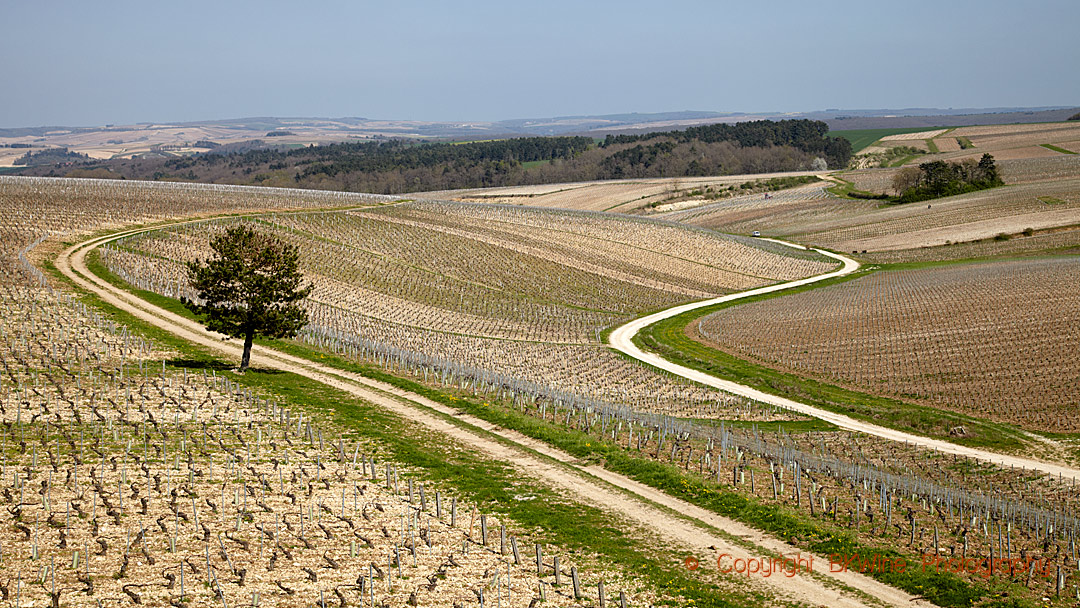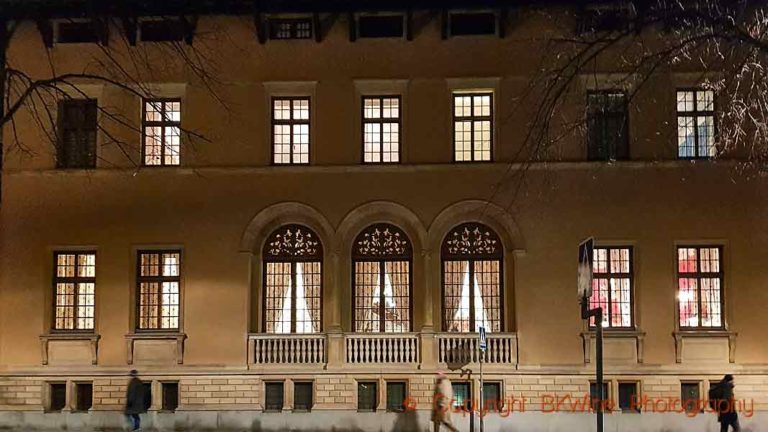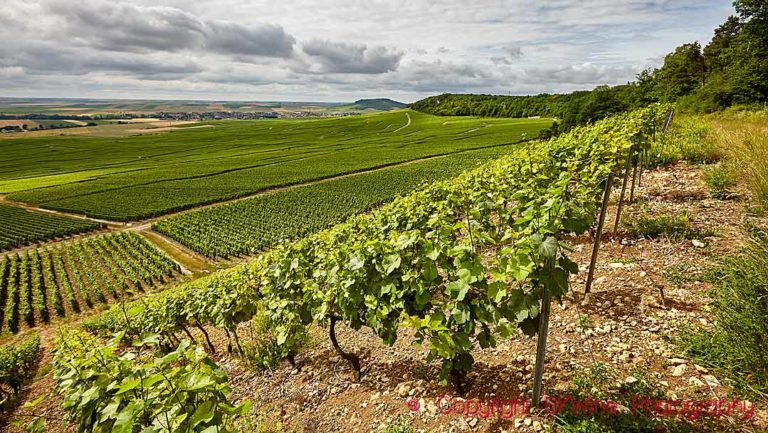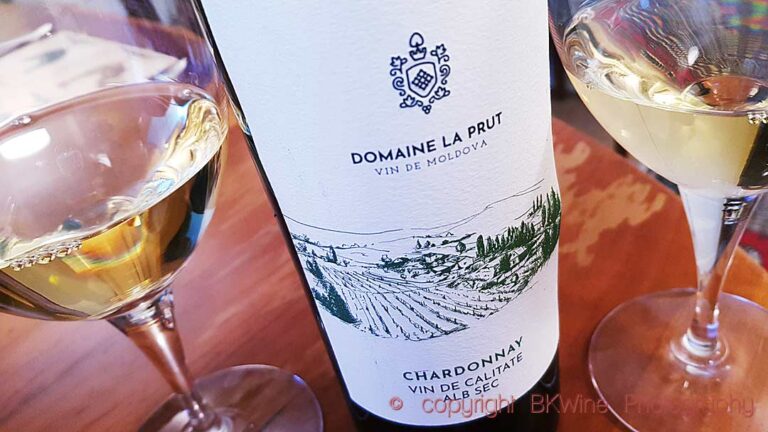In today’s tough competition, a little help from friends and colleagues doesn’t hurt. Therefore, wine producers sometimes form associations or clubs with like-minded people. Vignobles & Signatures was created in 1984 after an impromptu meeting between six different producers at the Bordeaux wine fair Vinexpo.
Today, the club consists of 17 French wine families, with several generations of winegrowers behind them. The idea is that they should complement each other. They come from all over France but only one from each wine district.
The members gather to do tastings and events together, share ideas, discuss and solve problems. Joint wine tastings or a joint stand at a wine fair means that they benefit from each other’s contacts and customers.
We have tasted some of the members’ wines from Roussillon, Saint-Emilion, Pouilly-Fumé, Chablis, Champagne and Jurançon.
Roussillon: Coume Del Mas
Coume del Mas is located in French Catalonia, outside the charming village of Banyuls-Sur-Mer, not far from the Spanish border. It is beautiful but challenging to work landscape with vineyards on often steep slopes in poor slate soil. The estate is run by Philippe Gard, oenologist and agronomist. His vineyard area consists of many small plots that he has acquired over time. Some are located by the sea, others inland.
Since 2006, Philippe is also a partner in Mas Cristine, a property not far from Coume del Mas, in the southern part of the Côtes du Roussillon appellation. The location is exceptional, with views of both the small, picturesque town of Collioure and the blue Mediterranean Sea.
We have tasted a red and a white from Mas Cristine and a Banyuls, a vin doux naturel, from Coume del Mas.
Mas Cristine Rouge 2019, Côtes du Roussillon
This is a classic southern French grape blend of 40% grenache, 50% syrah and 10% carignan. Fermentation and further skin contact for three weeks. The result is a typical Roussillon wine with warm and generous fruit and pleasant herbal touch. There’s good acidity and freshness in the wine and a slight hint of oak. 60% of the volume is aged in oak barrels for ten months. Well balanced and delicious. (~15 euro)
Le Grill de Mas Cristine Blanc 2020, Côtes du Roussillon
Here we have a blend of 20% vermentino, 30% grenache blanc and 50% macabeu. It is aromatic with fresh acidity. Good concentration, perhaps thanks to a low yield of 24 hl/ha. Whole-bunch pressing is used, and the must ferments in stainless steel. (~9 euro)
Coume del Mas Galateo Banyuls 2020
Galateo is made with old vines of grenache from a vineyard with a superb location near the sea where cooling winds alleviate the summer heat. It is aged in large oak barrels for six months before bottling. The alcohol content is 16%. The spirit is added on the skins, which, says the winemaker, better preserves the fruit in the wine. An elegant sweet wine with aromas of dried fruit and a good structure. A suggestion is to drink it as an after-dinner drink instead of stronger alcohol. It goes very well with cheese and chocolate dessert.
Chablis: Jean Durup Père & Fils
The Durup family has been growing wine in Chablis for several hundred years. They have well-exposed slopes, most of them facing south and west. The total vineyard surface is 100 hectares, making Durup one of the largest producers in Chablis. The Durup family adhere to the Chablis tradition that says no to oak barrels. They want to keep the terroir’s character without any foreign interference.
Chablis l’Eglantière 2020, Jean Durup Père & Fils
This wine is a delicious example of a chablis in classic style, with good freshness and aromas of citrus, ripe peaches and lemon. There is also a roundness in the taste, perhaps thanks to the warm year. The taste lingers pleasantly. (~ 17 euro)
Pouilly-Fumé: Château de Tracy,
Pouilly Fumé and Sancerre are almost opposite each other, on either side of the Loire River. Pouilly-Fumé is the smaller of the two appellations with 1300 hectares. The grape here is 100% sauvignon blanc, no red or rosé wine is made. The Château de Tracy has a long and venerable history dating back to 1396, and many prominent figures have been involved over the years.
In total, the Château de Tracy has 33 hectares. The soil is varied, and each type contributes with different characteristics. The wines have relatively long ageing on the lees with batonnage (stirring of the lees) before bottling. This gives a structure that combines well with the aromatic freshness.
Château de Tracy 2020, Pouilly Fumé
High, fresh acidity, aromas of lemon and grapefruit. Dry and crispy but also aromatic, which gives balance. Pleasant aftertaste with a dominance of citrus. Don’t drink it too cold. (~25 euro)
Saint Emilion: Château Haut-Sarpe
Château Haut-Sarpe is owned and operated by the Jean-Pierre Janoueix family. The family bought the château in 1930. The château itself was built in the 19th century in a stately style inspired by the Petit Trianon in Versailles. A magnificent park of three hectares belongs to the estate. The family Janoueix works sustainably and experiments with organic and biodynamic methods.
Chateau Haut-Sarpe 2019, Saint Emilion Grand Cru, Bordeaux
A pleasant wine in a classic Bordeaux style with soft tannins, freshness, cedarwood aromas and dark, refreshing fruit. (~ 45 euro)
Champagne: Champagne Drappier
Drappier is one of the most famous producers in the Côte des Bar, perhaps the least known sub-region of Champagne. It is located 140 kilometres from Epernay, not far from the border with Burgundy, so, unfortunately, when people go to Champagne, they often don’t have time to go to the Côte des Bar. It’s a shame. The landscape is beautiful around the two rivers, Aube and Seine, and there are some excellent producers.
Drappier makes several very interesting cuvées. In the Cuvée Quattuor, the family uses the rare and almost “forgotten” grapes of Champagne: fromenteau (pinot gris), arbane, petit meslier and le blanc vrai (pinot blanc).
We have tasted the prestigious Grande Sendrée cuvée.
Champagne Drappier Grande Sendrée 2010
Ripe, rich, developed champagne with a taste of apricot, peach, honey and beeswax, a little toasty. The flavour is complex, intense and lingering, a champagne with strong character. The grapes are 55% pinot noir and 45% chardonnay, and only the first pressing is used. 35% of the base wine is kept in oak for almost a year. This vintage was bottled in 2011 and disgorged in July 2021. The wine thus aged on its lees for ten years. (~60 euro)
Grande Sendrée is named after a vineyard covered in ashes after a fire that ravaged Urville (where Drappier is based) in 1836. Ash is actually cendre in French (with a C). But a small spelling error had crept into the cadastre, and therefore, this cuvée is spelt with an S.
Jurançon: Domaine Cauhapé
Jurançon is small, but it is a region that you absolutely should not miss. They make magnificent white wines here, both dry and sweet. We are particularly fond of the dry ones (Jurançon Sec). The main grapes are petit manseng and gros manseng. Both of them are huge personalities. The wines have an extraordinarily high acidity that makes the wines feel lively and refreshing.
Domaine Cauhapé is one of the most famous producers in Jurançon. The owner is Henri Ramonteau, and he has just under 50 hectares. We have tasted his Symphonie de Novembre, a sweet wine made with overripe petit manseng, harvested the first ten days of November.
Domaine Cauhapé Symphonie de Novembre 2019, Jurançon
Intense flavours of citrus, apricots and ripe, candied fruit, a little spiciness. Smooth structure with a very fresh acidity. Nice mouthfeel. Delicious. The must is fermented in oak barrels and the wine is aged in oak for ten months and then for six months in a tank before bottling. (~20 euro)
The other members or Vignobles & Signatures:
- Rhône Valley: Alain Jaume
- Chinon: Couly Dutheil
- Savoie: Domaine Ravier
- Burgundy: Domaine Roux
- Beaujolais: Domaine Dominique Piron
- Haut-Médoc, Margaux: Domaines Fabre
- Bas Armagnac, Bordeaux, Graves, Madiran: Famille Lesgourgues
- Pic Saint Loup: Domaine de l’Hortus
- Côtes de Provence: Figuière
- Muscadet: Guilbaud Frères
- Cognac: Domaines Francis Abecassis
Travel
It is exciting to discover these, or other quality producers, on site, in the wine regions. You will meet some world-class wine producers on a wine tour with BKWine.
Travel to the world’s wine regions with the wine experts and the wine travel specialist.
World-class wine tours. BKWine wine tours.


